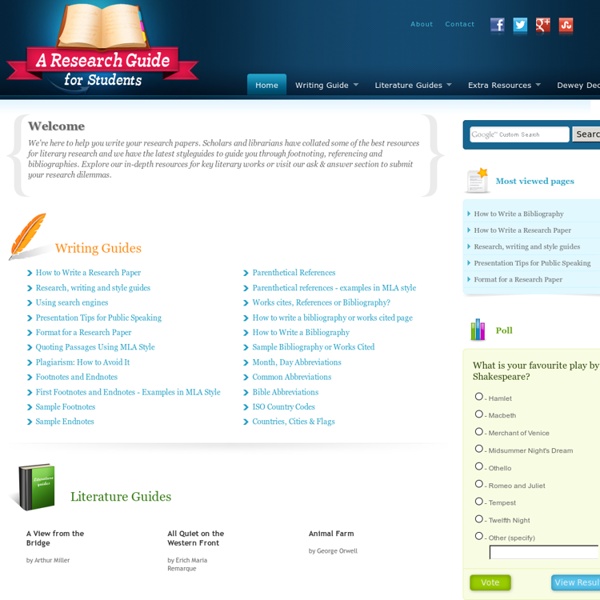



Unusual Writing Ideas for Extraordinary Writers Unusual writing ideas for extraordinary writers When we think about writing ideas, what usually comes to mind are characters, plots, scenes, language, and images. Ideas almost always have to do with concepts and matters of the mind, but what about the physical act of writing? Most of us write at our computers, and many of us still use good old-fashioned pen and paper. Isn’t it Ordinary? It’s all rather ordinary and limiting – always sitting in the same position and using the same tools – day in and day out. What about writing ideas that get you moving and positioning your body in new ways? Get off that chair, step away from your desk, and try standing or crouching. Unusual Writing Ideas These 18 writing ideas are definitely unusual, and unlike most ideas, they don’t happen inside your head. 1. Get some extra-large, oversized paper and sprawl out somewhere – like in the grass or on the floor. 2. A pack of colored markers 3. Try writing different parts of a story or poem on sticky notes . 4. 5.
Research and Citation If you are having trouble locating a specific resource please visit the search page or the Site Map. Conducting Research These OWL resources will help you conduct research using primary source methods, such as interviews and observations, and secondary source methods, such as books, journals, and the Internet. This area also includes materials on evaluating research sources. Using Research These OWL resources will help you use the research you have conducted in your documents. APA Style These OWL resources will help you learn how to use the American Psychological Association (APA) citation and format style. MLA Style These OWL resources will help you learn how to use the Modern Language Association (MLA) citation and format style. Chicago Manual of Style This section contains information on the Chicago Manual of Style method of document formatting and citation. American Medical Association (AMA) Style
Home : Virtual Writing Tutor | Check English Grammar | Learn English as a Second Language Learning theory: models, product and process Photo by Antenna on Unsplash Contents: introduction · what do people think learning is? · learning as a product · learning as a process · experience · reflective thinking · making connections · committing and acting · task-conscious or acquisition learning, and learning-conscious or formalized learning · the behaviourist orientation to learning · the cognitive orientation to learning · the humanistic orientation to learning · the social/situational orientation to learning · the constructivist/social constructivist orientation to learning · further reading · references · how to cite this article See, also, What is education? Over the last thirty years or so, ‘learning’ has become one of the most used words in the field of education. Adult education became lifelong learning; students became learners, teachers facilitators of learning; schools are now learning environments; learning outcomes are carefully monitored. There has been a similar situation in the field of education. Taxonomies
Cliche Finder Have you been searching for just the right cliché to use? Are you searching for a cliché using the word "cat" or "day" but haven't been able to come up with one? Just enter any words in the form below, and this search engine will return any clichés which use that phrase... Over 3,300 clichés indexed! What exactly is a cliche?See my definition Do you know of any clichés not listed here? This is Morgan, creator of the Cliche Finder. Or, you might like my crazy passion project: Spanish for Nerds: Learning Spanish via Etymologies! Back to cliches... if you would like to see some other Web sites about clichés? © S. Special thanks to Damien LeriAnd to Mike Senter Morgan's Web page
Constructivist Learning Constructivist Learning by Dimitrios Thanasoulas, Greece Only by wrestling with the conditions of the problem at hand, seeking and finding his own solution (not in isolation but in correspondence with the teacher and other pupils) does one learn. ~ John Dewey, How We Think, 1910 ~ As a philosophy of learning, constructivism can be traced to the eighteenth century and the work of the philosopher Giambattista Vico, who maintained that humans can understand only what they have themselves constructed. Within the constructivist paradigm, the accent is on the learner rather than the teacher. If a student is able to perform in a problem solving situation, a meaningful learning should then occur because he has constructed an interpretation of how things work using preexisting structures. personal involvement; learner-initiation; evaluation by learner; and (see
Scriffon: Write and publish on the Web Introduction to Documentation Styles skip navigation The Writer's Handbook Documentation Styles In this section, you will find many instructional materials we've developed for our Writing Center teaching. However, there are limitations to these materials. Finally, handouts can give only a fraction of the customized guidance that an individual conference with a Writing Center instructor can provide. Home » Writer's Handbook Documentation Introduction Most academic writing projects require you to gather, evaluate, and use the work of others. When you draw upon the work of others, you must give proper credit. If you learn a few basic rules, you can quickly format your researched papers in accordance with the style required for your course. Need more information on what a documentation style is or which one you should use? Are you from UW–Madison? Contact Us
50 Alternatives to the Book Report | WriteToLearn